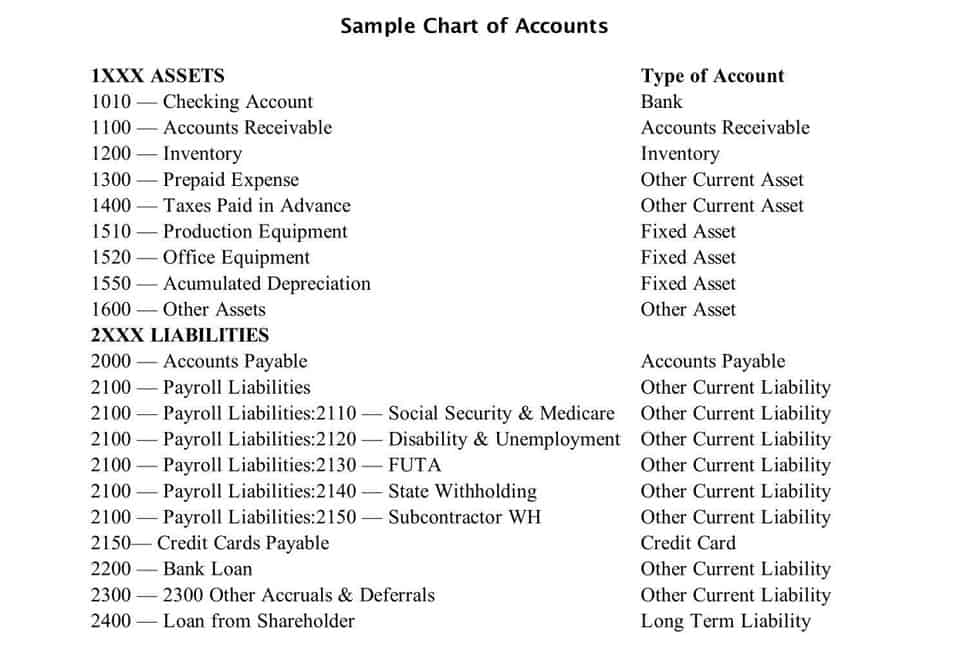
Learn how to calculate deferred revenue for your business simply and effectively, ensuring accurate financial tracking. Calculating the salvage value can help you determine the return on investment of an asset. This example shows how the salvage value is determined by subtracting the total depreciation from the original cost. To calculate salvage value, you need to know the asset’s useful life and its original cost. This information can be found on the asset’s depreciation schedule or trial balance in the asset’s purchase agreement. This can be done by using trial and error, interpolation, or a financial calculator.

Improved Decision Making, Reduced Costs, and Increased Profits
Since the IRR is higher than the discount rate of 12%, the project is profitable and should be accepted. The above examples should make it easy for anyone aspiring to learn how to calculate the scrap value of an asset, especially with the help of some examples. Download CFI’s free Excel template now to advance your finance knowledge and perform better financial analysis. Note how the book value of the machine at the end of year 5 is the same as the salvage value. Over the useful life of an asset, the value of an asset should depreciate to its salvage value. If you want a firm estimate of a salvaged vehicle’s title, consider getting a private appraisal.
How to Calculate Salvage Value for Business and Personal Assets
We calculate it by deducting the accumulated depreciation from the original cost of the assets. The salvage value has no relation whatsoever with the balance sheet of the company. For example, due to rapid technological advancements, a straight line depreciation method may not be suitable for an asset such as a computer. It would be inaccurate to assume a computer would incur the same depreciation expense over its entire useful life. Accountants use the straight line depreciation method because it is the easiest to compute and can be applied to all long-term assets.
Residual Value Explained, With Calculation and Examples
- It is a method of recognizing the decline in value and the wear and tear of an asset over time.
- Simply put, when we deduct the depreciation of the machinery from its original cost, we get the salvage value.
- The balance sheet shows the net book value of an asset, which is the original cost minus accumulated depreciation, helping stakeholders understand the asset’s current worth.
- The repair costs required to declare a car totaled can be as little as 50 percent of the actual cash value of the car or as much as 100 percent of its ACV, depending on your location.
If we imagine that this value would be nil, there would be no chance of any reduction in depreciation. That’s why it’s wiser to go for zero value while applying depreciation on the asset. Hence, a car with even a couple of miles driven on it tends to lose a significant percentage of its initial value the moment it becomes a “used” car. Under straight-line depreciation, the asset’s value is reduced in equal increments per year until reaching a residual value of zero by the end of its useful life. The carrying value of the asset is then reduced by depreciation each year during the useful life assumption. J.B. Maverick is an active trader, commodity futures broker, and stock market analyst 17+ years of experience, in addition to 10+ years of experience as a finance writer and book editor.
- Before thinking about where to find a junk yard near me, you can see this list of areas where we serve to buy your junk car.
- The value of the asset is recorded on a company’s balance sheet, while the depreciation expense is recorded on its income statement.
- The value depends on how long the company expects to use the asset and how hard the asset is used.
- It is a critical component in assessing the profitability of an investment and the financial impact of disposing of an asset.
- However, salvage value must remain realistic and compliant with accounting standards to avoid overstating asset values.
Once you know the salvage value, you may go ahead to calculate depreciation. We can see this example to calculate salvage value and record depreciation in accounts. The salvage or the residual value is the book value of an asset after all the depreciation has been fully expired. Scrap Value is a projected value of an asset that can’t be used any longer for original purposes. Get instant access to video lessons taught by experienced investment bankers.

In some cases, salvage value may just be a value the company believes it can salvage value obtain by selling a depreciated, inoperable asset for parts. On the balance sheet, salvage value contributes to an asset’s net book value, impacting a company’s financial position. A higher net book value may enhance the asset base, which can be favorable when seeking financing. However, salvage value must remain realistic and compliant with accounting standards to avoid overstating asset values. The units of production method ties depreciation to actual usage, making it ideal for assets whose wear and tear directly correlate with output levels, such as manufacturing machinery.

With the straight line depreciation method, the value of an asset is reduced uniformly over each period until it reaches its salvage value. Straight line depreciation is the most commonly used and straightforward depreciation method for allocating the cost of a capital asset. It is calculated by simply dividing the cost of an asset, less its salvage value, by the useful life of the asset. Since there isn’t a standardized method of determining how much a salvage car is worth, you can negotiate the salvage value of your vehicle. But if you think the insurance company’s offer is too low, you’ll need to provide evidence as to Bookkeeping for Consultants why the vehicle is worth more than what the insurance company is offering. However, be cautious and have a detailed inspection done to assess hidden damages.
The asset must also have a determinable useful life and be expected to last more than one year. The result of this calculation will invariably be lower than the current value of the asset. Salvage value is the monetary value obtained for a fixed or long-term asset at the end of its useful life, minus depreciation. Big data is a term that refers to the large and complex datasets that are generated by various… Estimate the salvage value of the asset at the end of its useful life, as in the NPV method.
Understanding salvage value is essential for businesses as it influences asset depreciation, impacting financial statements and tax obligations. This concept helps companies plan for the end of an asset’s useful life by estimating its residual worth, aiding in asset management and disposal decisions. Calculating depreciation with consideration of the salvage value ensures that the asset’s cost is accurately spread over its useful life. This provides a true reflection of the asset‚Äôs value and helps in presenting a more accurate financial position of the company.